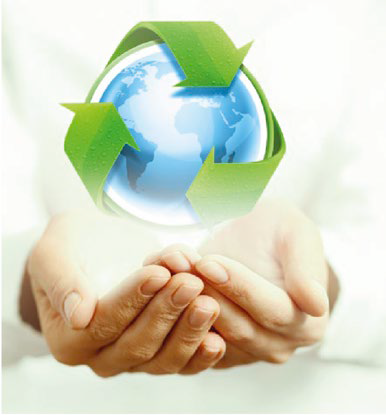
The circular economy bases its principles on the longer use of raw materials within a production system to make it more sustainable.
In other words, there is an efficient use of raw materials that allows them to be reused and/or recycled on a constant basis so as not to generate a large amount of waste.
According to the European Parliament, the circular economy aims to reduce waste to a minimum.
Therefore, when a product reaches the end of its life, its materials are kept within the economy whenever possible thanks to recycling. Leading to the fact that they can be productively used again and again, thus creating additional value.
In this type of economy, the following factors are related:
The circular economy model is widely applied in agriculture.
However, in an industry such as the poultry industry, where chicken is the second most consumed meat in most countries and eggs are a daily food in people’s diets due to their protein content and low cost, around 12 million tons of excrement are generated each year in countries such as Spain alone.

Therefore, it is very important to apply the circular economy to make the best use of the waste generated. This allows us to be more environmentally friendly, making the industry more sustainable, generating added value to what is considered “waste”.
These excrements are accumulations of feces, feathers, food residues, litter, among others that depending on the production system of origin can be called poultry manure if it comes from laying hens or broiler manure if it comes from broilers.
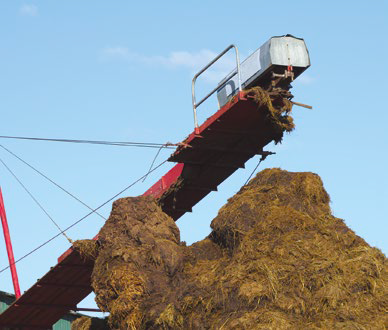
However, if these wastes are not well handled, they become a major source of contamination due to the number of contaminating molecules they release, such as non-protein nitrogen in the form of ammonia, phosphorus, hydrogen sulfide, minerals and material not digested by the birds.
Therefore, one of the current management of poultry manure to avoid the above is to work under the concept of circular economy in which these wastes are used either as fertilizer for crops, compost or for energy production purposes, which is considered a benefit for poultry systems, agribusiness, man and the environment.
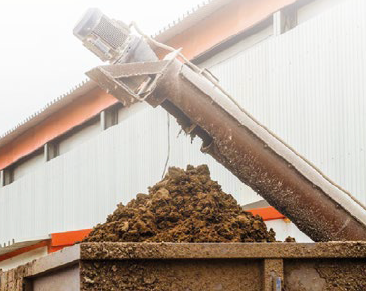
Quiñones (2017), states that processed poultry manure positively affects agricultural production and thus the supply of food to the population due to improvements in the nutritional content of crops and increased productivity.
In addition, more productive crops and harvests reduce the need to increase the agricultural area and consequently there is greater soil conservation.
In conclusion, the process of transformation of poultry manure to be used in different areas of the agricultural sector is a highly effective measure that reduces pollution through its use in other production systems, as well as a reduction of waste and an economic benefit.
SECONOV – DRYING OF POULTRY MANURE: Reducing emissions and improving poultry productivity
SECONOV is an innovative product from Zucami that is making a significant contribution to more sustainable poultry production.
Using the heat energy of the birds themselves, SECONOV – DRYING OF POULTRY MANURE offered by Zucami, allows:
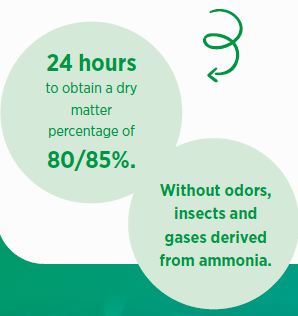
This product is the result of a drying process of poultry manure that allows obtaining a high-quality organic fertilizer. By using SECONOV in poultry production, a more efficient management of the waste generated by the poultry activity is promoted and, therefore, the environmental impact is reduced.
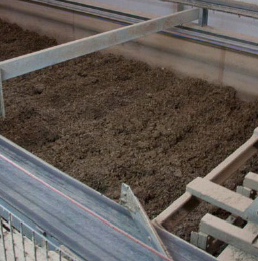
ZUCAMI has developed a treatment system that dries 85% of poultry manure and eliminates odors, insects and ammonia-derived gases: the Seconov system.
In addition, by using this product, a circular economy is encouraged, and the efficient use of natural resources is promoted, as manure becomes a valuable resource instead of being treated as waste.
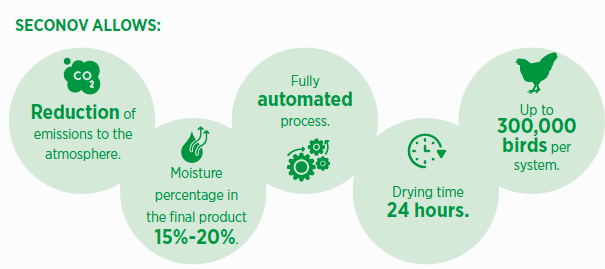
Looking for a way to improve sustainability on your farm? Try Zucami’s SECONOV and turn poultry manure into a valuable resource.
Subscribe now to the poultry technical magazine
AUTHORS

Layer Longevity Starts at Rearing
H&N Technical Team
The Strategy for a Proper Infectious Bronchitis Control
Ceva Technical Team
Elevate Hatchery Performance with Petersime’s New Data-Driven Incubation Support Service
Petersime Technical Team
Maize and Soybean Meal Demand and Supply Situation in Indian Poultry Industry
Ricky Thaper
Production of Formed Injected Smoked Chicken Ham
Leonardo Ortiz Escoto
Antimicrobial Resistance in the Poultry Food Chain and Novel Strategies of Bacterial Control
Edgar O. Oviedo-Rondón
GREG TYLER INTERVIEW
Greg Tyler
Insights from the Inaugural US-RSPE Framework Report
Elena Myhre
Newcastle Disease: Knowing the Virus Better to Make the Best Control Decisions. Part II
Eliana Icochea D’Arrigo
Avian Pathogenic E. coli (APEC): Serotypes and Virulence
Cecilia Rosario Cortés
The Importance of Staff Training on Animal Welfare Issues in Poultry Industry
M. Verónica Jiménez Grez
Rodent Control is a Key Factor in Poultry Biosecurity and Sustainability
Edgar O. Oviedo-Rondón